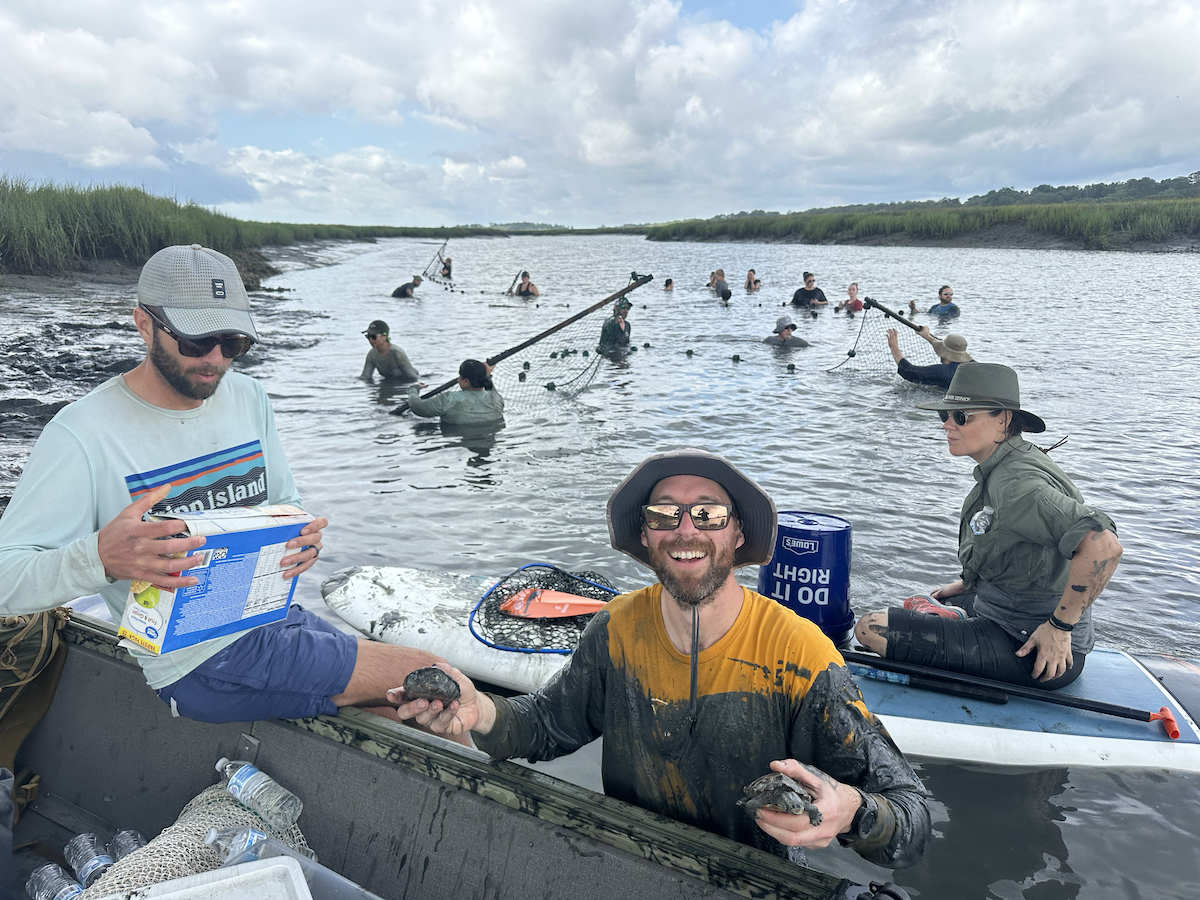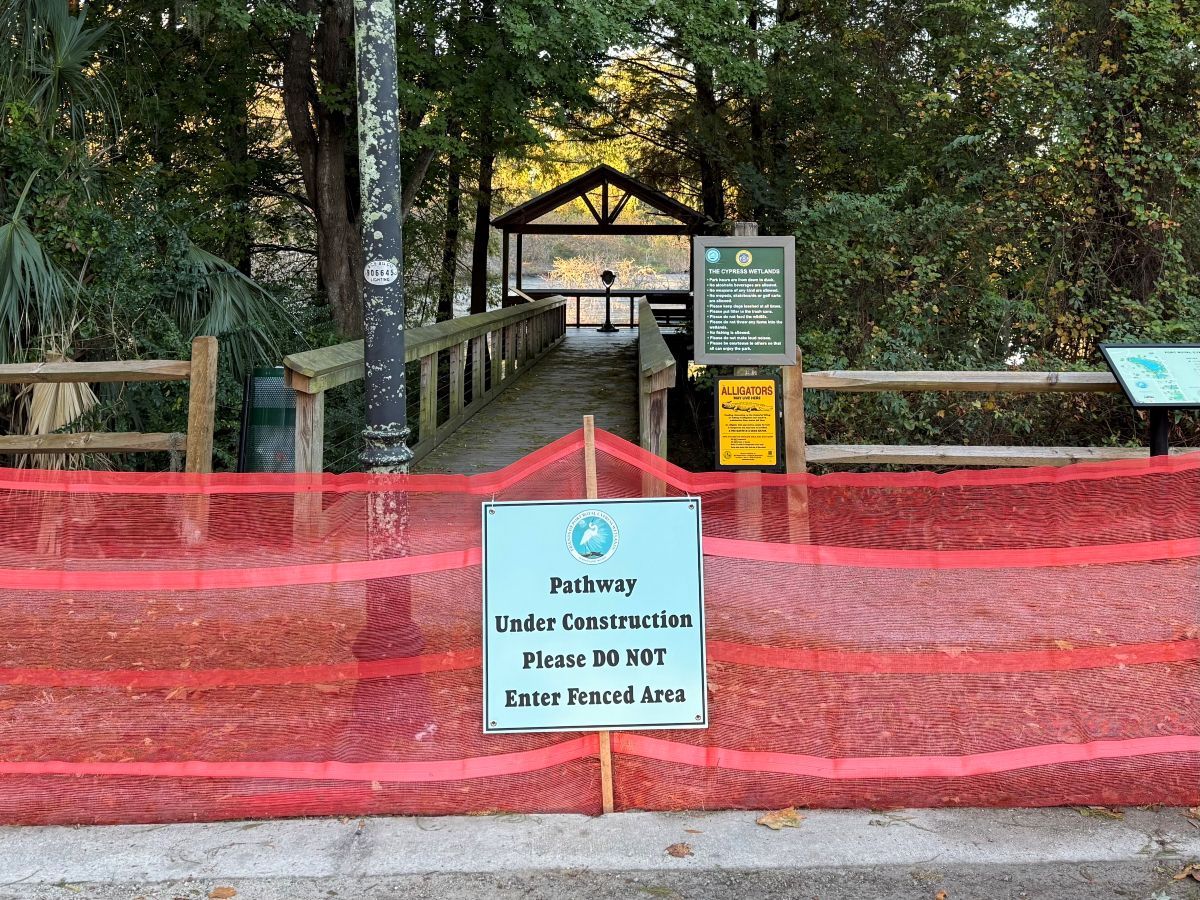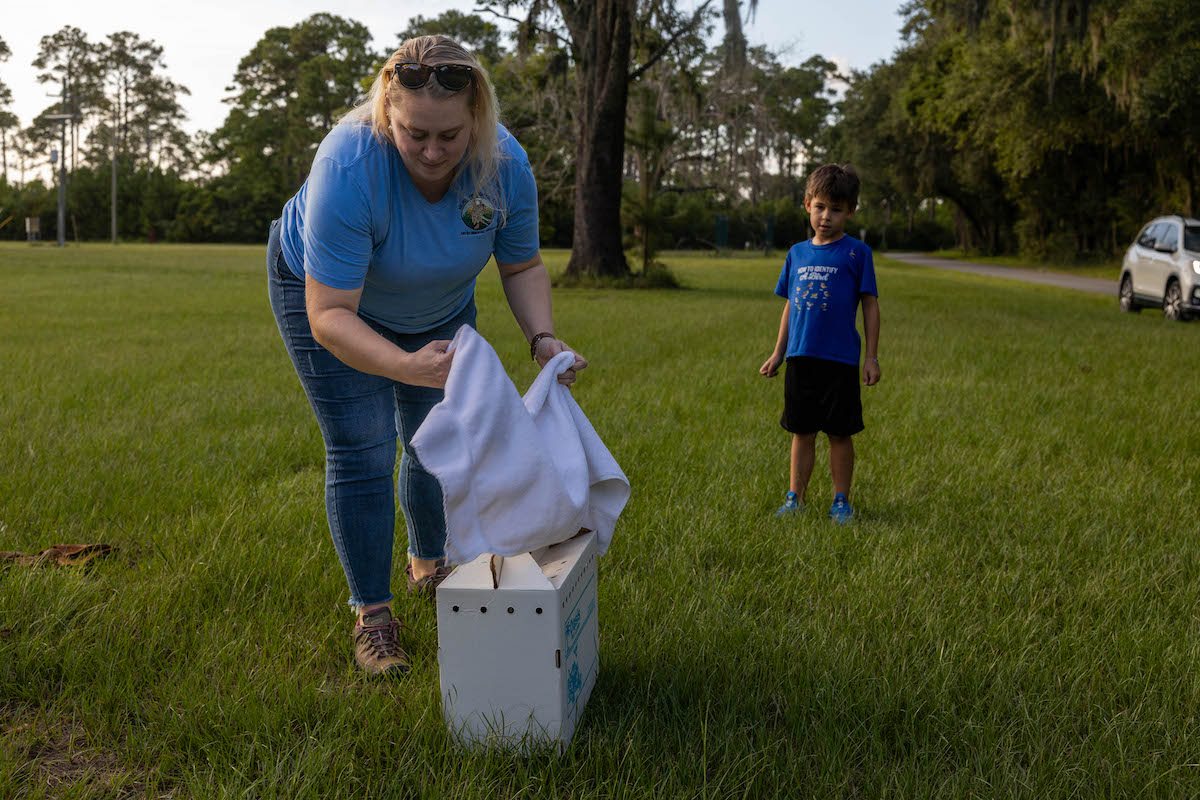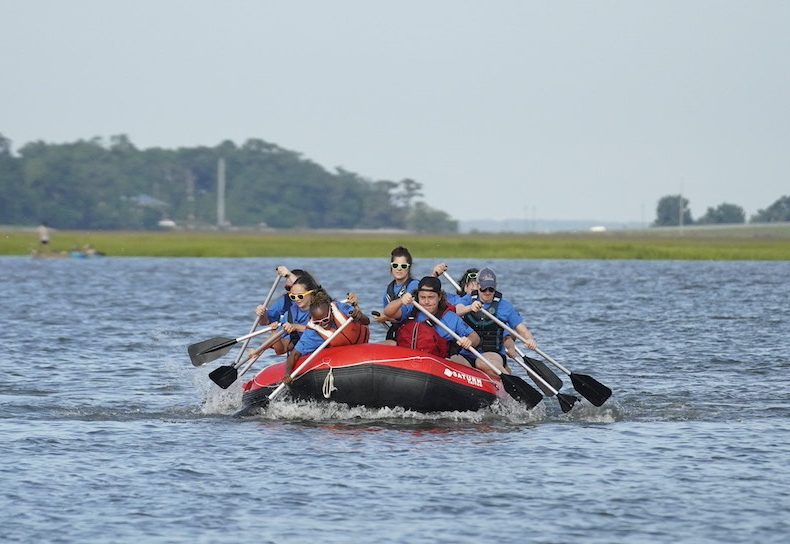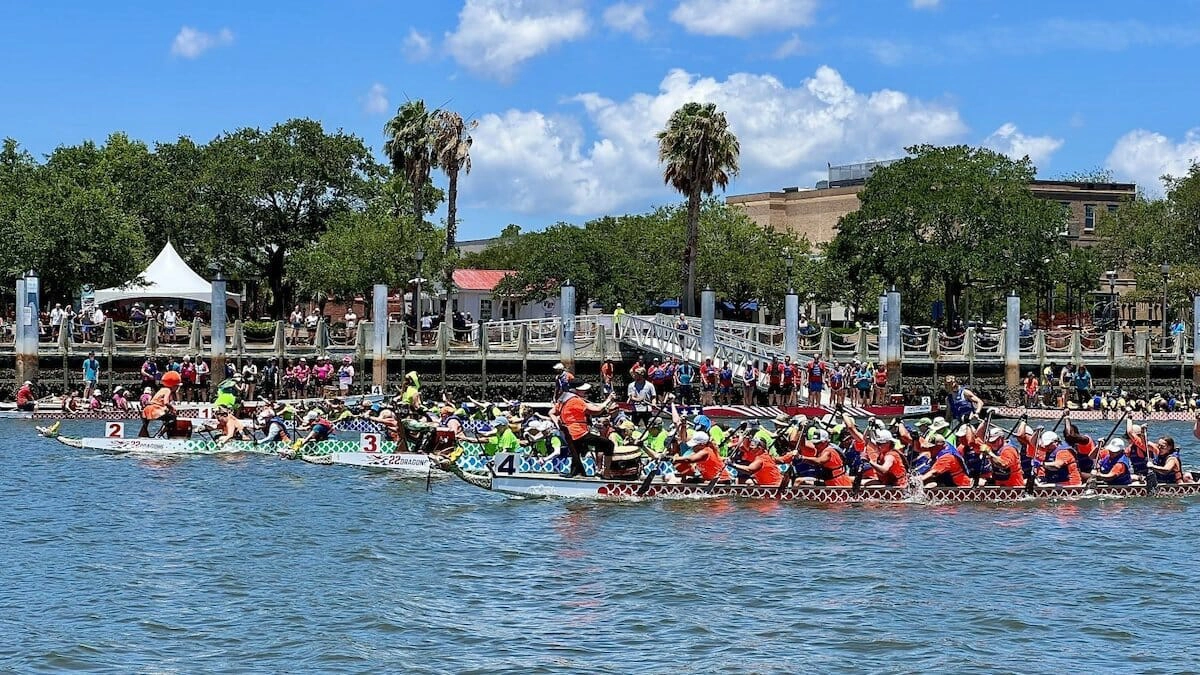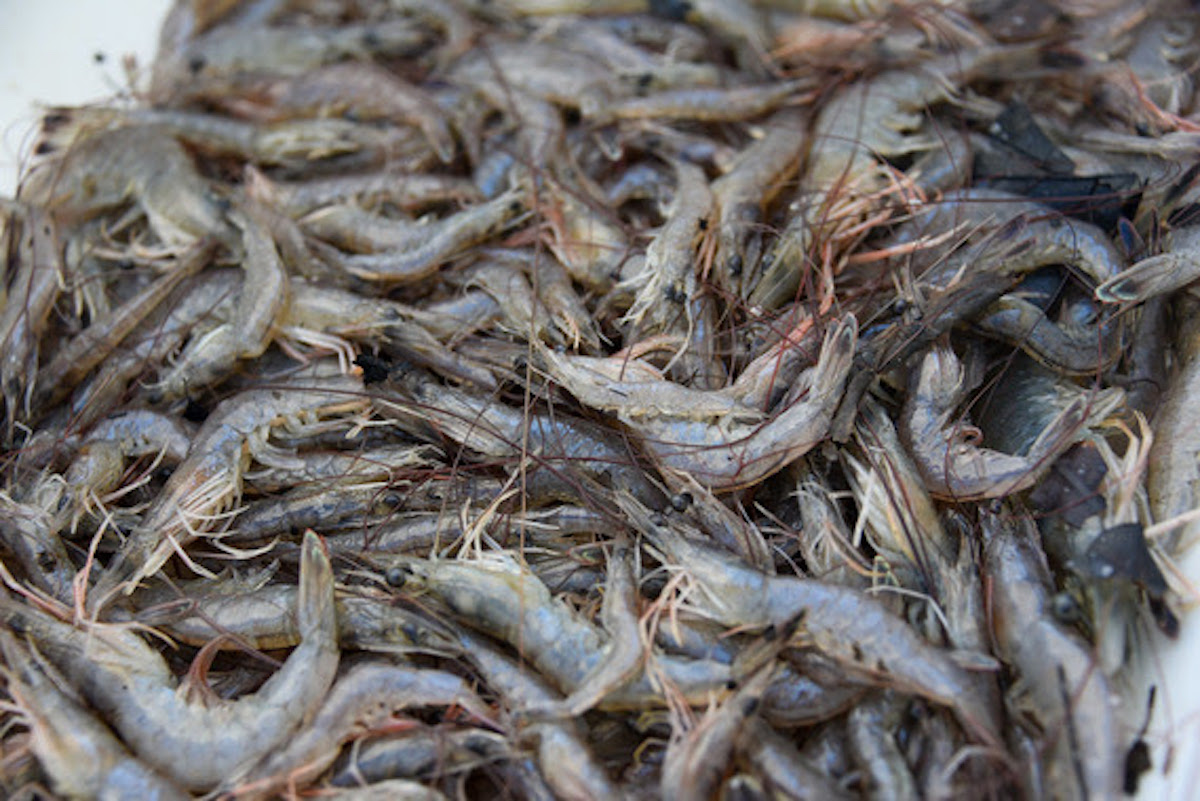A group of scientists, students, and conservationists waded into a creek full of pluff mud this month for two days of diamondback terrapin research on St. Helena Island. It was the second time the team has come together to monitor this unique species.
Often overlooked, Diamondback Terrapins live in brackish water, including salt marshes. Studying them offers a unique window into the health and dynamics of Beaufort County’s most dominant ecosystem.
“Monitoring these turtles helps us deepen our understanding of the Port Royal Sound and observe trends as different anthropological pressures influence this habitat,” said Jake Zadik, co-founder of the South Carolina Partners in Amphibian and Reptile Conservation (SCPARC) and one of the organizers of the terrapin survey.
Held Thursday and Friday, June 5 and 6, the second annual terrapin survey involved catching the animals with a seine net and weighing and measuring them before releasing them. It was organized by the Port Royal Sound Foundation and the University of South Carolina Beaufort with help from the Turtle Survival Alliance, Fripp Island Naturalists, South Carolina State Parks, Sewanee University and Lowcountry Ecological.
The survey was conducted under Scientific Collection Permit #SC-170-2025, issued by the South Carolina Department of Natural Resources (SCDNR).
Terrapins are turtles that live in brackish or freshwater environments, while “turtle” is a broader term encompassing all members of the chelonian family. Diamondback terrapins can live for more than 40 years, and individuals can be found in the same area year after year.
“Their longevity, paired with their fidelity to specific creeks in the salt marsh, make them a great study subject,” said Chris Kehrer, Science Program Manager at the Port Royal Sound Foundation and one of the survey’s organizers.
After a safety briefing and training, participants wade into thick mud with seine nets. They didn’t catch any turtles in the first hour, but things picked up once they moved upstream. That’s where the “sandwich seine” technique — using three nets to corral turtles — proved effective.
By the end of the first day, the group had captured 20 diamondback terrapins: six females and 14 males.
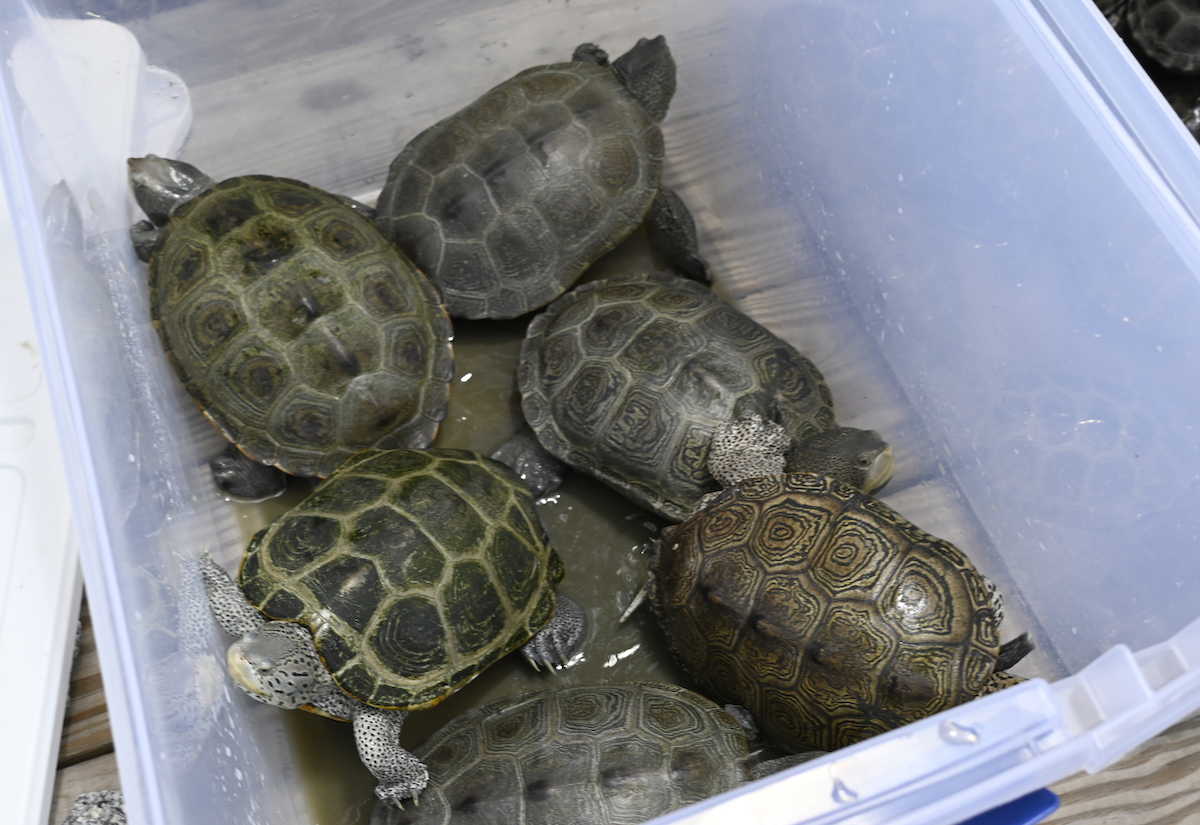
marsh of the South Carolina Lowcountry. Carol Weir/USC Beaufort
Male diamondback terrapins are about half the size of females and in the summer, most females are pregnant or have recently laid eggs. The researchers aren’t sure why they caught many more males than females; perhaps females are better at evading capture, or maybe threats including road mortality are affecting females more.
Like all turtles, terrapins lay their eggs on land, making them vulnerable to vehicle strikes. This study may reveal how the busy roads surrounding the survey site may impact terrapin populations in Beaufort County.
On the second day, the team went by boat to explore other creeks. They saw heads popping up in the narrow, muddy channel—and spotted some terrapins basking on the banks. A final sandwich seine there captured three females and one male, wrapping up the day.
USCB student interns helped catch the terrapins, measure and weigh them. They also recorded the water temperature — in the 80s throughout the survey — and salinity, pH and dissolved oxygen. USCB students and recent graduates who participated in the survey included Madeline Jones, Cassidy Hutto, Makayla Brown, Matthew Richmond, Abby Odom, Caroline Parker, Maria Carolus and Gray Ward.
“Field experiences like this give students a firsthand look at how science and conservation really happen. This project is a great example of what we can accomplish when universities, students, and local conservation groups come together with a shared goal,” said USCB assistant professor of Ecology and Evolution Ryan Hanscom.
The team said future studies will look more closely at where the terrapins live, how they travel, and what might be affecting them. Future efforts will likely include a deeper look at male/female habitat use, gear improvements, and new study locations, including USCB-owned Pritchards Island.


